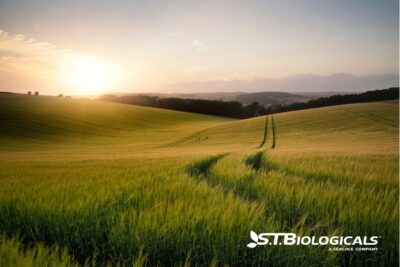Why do you need a weigh wagon if you’ve got a precision yield monitoring system? To make sure your data is accurate.
The Best Data Is Built on Redundancy
Calibrating your yield monitor requires harvesting and weighing 50–100 bushels based on the manufacturer’s recommendations. You’ll need a commercial scale or weigh wagon for that initial calibration. You will need to calibrate for each crop because they all weigh differently.
As long as you already have the weigh wagon out in the field, it can serve as a good redundancy check to see if the calibration is still accurate as you perform your measurements. If you’re stopping often or changing speed, that will affect the accuracy of the yield monitor, but the weigh wagon will still give you the actual weight.
What the weigh wagon won’t give you is a snapshot of field conditions and second-by-second field productivity.
The data from the weigh wagon may be the same as the yield monitoring system, but that redundancy confirms the data you’re collecting is accurate. That’s very important as you compare metrics from multiple years.
Field Conditions That Make Monitoring Data Inaccurate
Every ag operation has site-specific elements that impact yield and the nutritional profile of crops. The most common factors are soil characteristics, topography, and past management practices. These factors may also make monitoring system data inaccurate.
The speed you go through the field is one factor that determines yield because the system measures samples in regular time intervals. Stopping, starting, and speeding up on difficult topography affect that time interval.
Moisture or yield readings may also change suddenly. The sensors can be covered with dirt or plant sap and not record properly. Spot-check with a moisture meter to determine any sensor issues. The weigh wagon is your backup in these cases.
Yield, moisture, and grain size data generated by today’s ag tech gives you essential information to optimize land management. With data over many years, you can see if your ag management practices are improving the soil based on yield and decreased field variability. The data from the weigh wagon, combined with new technology, lets you make informed decisions about your operation.
Combined with cost spreadsheet and soil samples, yield data shows whether your regen ag fields are more profitable than your conventional ones. This combination of data leads to more efficient resource allocation, reduced waste, and less environmental degradation. Documenting farm performance is helpful when you’re ready to expand and need a bank loan, have a bad year and need a crop insurance payment, and for your peace of mind.
To learn more about how to implement ag technology on your farm or ranch, contact our team at ST Biologicals. Soil speaks, we listen.

